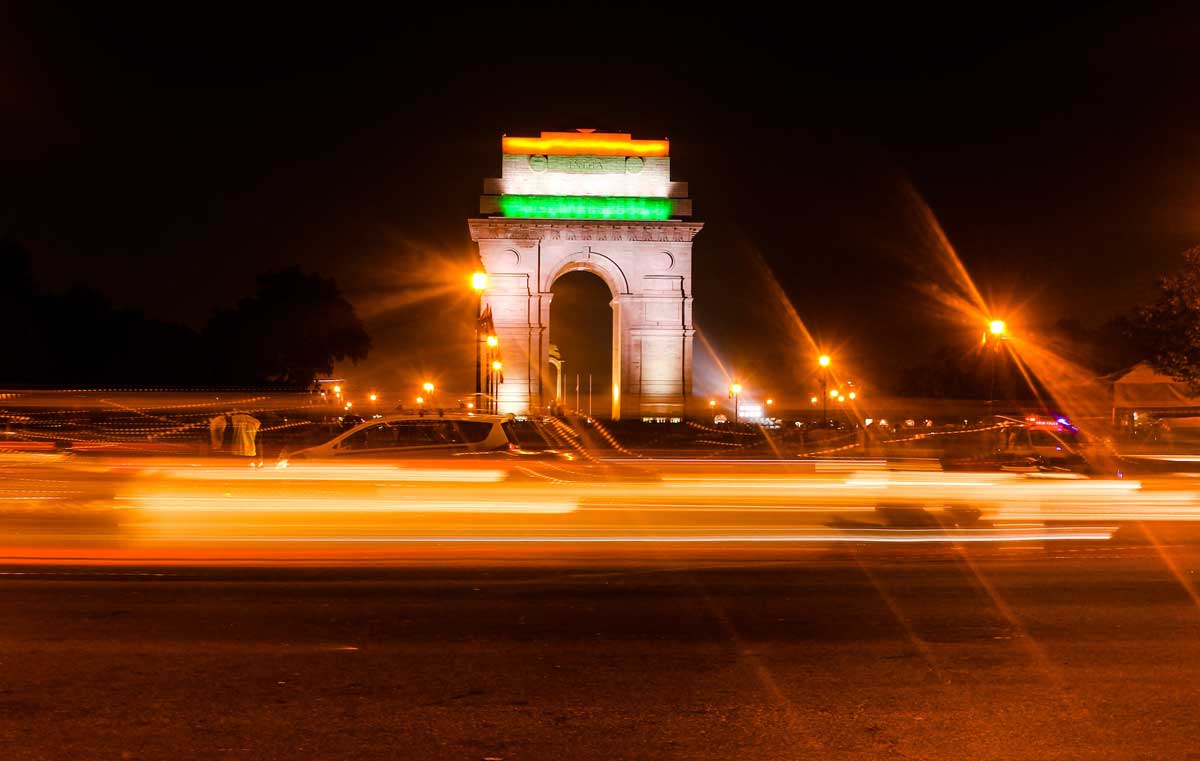In recent years, the global economic landscape has undergone seismic shifts. The post-World War II model of multilateralism, predicated on collaboration and free trade, appears to be under siege; not least due to the rise of “Trumpism,” a term increasingly used to describe Donald Trump’s protectionist, America-first agenda that views global economic dynamics through a distorted lens. Nowhere is this tension more glaring than in the United States’ characterisation of India – a country widely recognised as the world’s fastest-growing major economy – as a “dead economy.” This claim not only defies economic reality but also overlooks India’s growing prominence in the world.
Trump and collapse of Multilateralism: Post–Second World War, despite innumerable tensions and wars, the world moved steadily toward greater economic integration. This integration, driven by trade, helped ensure that no large-scale war engulfing the majority of the globe occurred. However, this global order has been upended, perhaps permanently, by the advent of Trumpism, which filters everything through a jaundiced lens of “Make America Great Again.” This era has seen the collapse of the multilateral order and hurled the global system into chaos.
Tariffs have become the weapon of choice for the Trump administration, used to balance its balance-of-payments deficit and cast a warning to BRICS countries whose growth was largely a byproduct of globalisation and trade. The administration’s message is clear: American interests come first. While the full impact of these tariffs will unfold over time, dismissing the Indian economy as “dead” is not only reckless rhetoric. It reflects a deep economic ignorance. To discount the fastest-growing major economy and one of the largest consumer markets on Earth speaks volumes about the eroding economic sense within the world’s largest economy.
India’s Enduring Economic Strength: India’s economic significance is deeply entwined with its human capital. Its Global Capability Centres, servicing the world’s top companies, and its backend R&D centres underpin American technological and strategic strength. The sheer scale of India’s consumption, whether in Apple products, Hollywood, or OTT content, is staggering. Remarkably, one in five iPhones sold globally, and a majority of those sold in the U.S.—are made in India.
If anyone were to echo Trump’s label of “dead economy” for India, they must be challenged to revisit our economic journey. Yes, inequality and poverty persist. But their magnitude has been reduced, the middle class is stronger, and GDP growth remains robust despite numerous challenges. We should not dismiss our post-1991 economic achievements. On the contrary, this period of uncertainty and turbulence should galvanise political unity and accelerate reform.
It is high time the world recognised that India matters-not just for its vast market, but for the depth of its human capital. Ignoring India, in today’s interconnected world, is a mistake the global economy cannot afford to make.
To connect these arguments: the resilience of India’s economy, even under pressure, reflects not only its structural strengths but also the inability of protectionist rhetoric to alter the economic fundamentals.
Conclusion: India’s economic record tells a story of remarkable transformation-not decline. Its ascent from a marginal player two decades ago to the fastest-growing major economy today defies simplistic dismissal. While the world grapples with rising trade frictions, climate threats, and geopolitical uncertainty, India stands out as an engine of momentum.
To label this emerging powerhouse a “dead economy” is not just inaccurate, it is irresponsible. Global stakeholders must dispense with such rhetoric and instead engage India as a central participant in shaping the future economic order. Let this moment be a clarion call: economic strength does not stem from isolation or disdain, but from recognition, partnership, and sustained reform. India’s vitality and global contributions remind us that the future of the world economy will be written with India at its epicentre.
